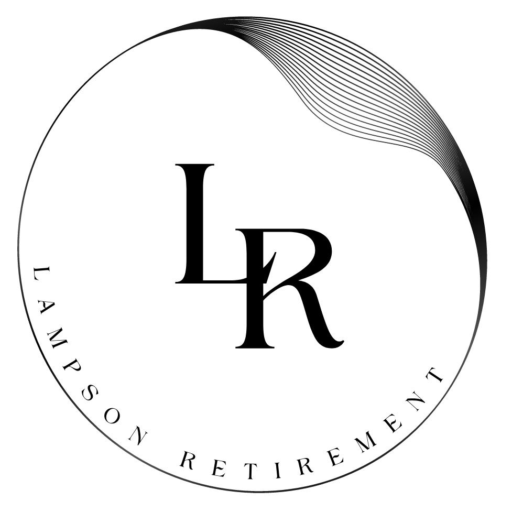Indexed universal life insurance is a type of permanent life insurance — a life insurance policy that stays in effect for your whole life as long as the premiums are paid (as opposed to a term policy, which expires after a set amount of time).
All permanent life insurance policies are split into two parts: the death benefit (which pays a lump sum to a beneficiary when you die) and a cash value that can grow over time. With universal policies, you can adjust the death benefit within set limits, and use gains from the cash value to pay your premiums.
What makes indexed universal life insurance unique is the “indexed” part. These policies have a minimum guaranteed interest rate (so you won’t lose money), but the interest rates aren’t fixed; instead, they’re based on an index chosen by the insurer.
An index is essentially a group of investments like stocks or bonds. The S&P 500 and the Nasdaq 100 are examples of indexes. The insurer doesn’t directly invest in the market, but uses the interest rate and performance of a specific index to set the inter
Indexed universal life (IUL) insurance includes a death benefit and a cash value, which grows at an interest rate controlled by your insurer.
There is a minimum guaranteed interest rate, but your actual rate varies based on the performance of a chosen investment fund and could outperform other cash value policies.
Policies also allow you to adjust the death benefit and pay your premiums with your cash value.
The cash-value component of a whole life insurance policy pays out dividends, although they’re not guaranteed. The dividends are reinvested back into the cash value, essentially paying for an increase in the death benefit if you don’t use the cash value while alive. This gives whole life insurance a “no-lapse,” in that as long you or your policy’s cash value is paying your premiums, your coverage won’t expire.
Whole life insurance premiums are paid either until a certain age or for a set number of years, and your rate will be affected by the option you choose. However, once you lock in that rate, it will be the same throughout the whole time you pay premiums.
Whole life insurance and universal life insurance both have a cash-value component. Each month, a certain portion of the premium you pay to keep the policy active goes into a tax-deferred savings account, known as the cash value of the policy. The exact amount that goes into savings is determined by your individual policy. The policy’s cash value grows over time.
Whole life insurance is a type of permanent life insurance that lasts your entire life and comes with a cash value component.
You can withdraw from the cash value component of a whole policy while you are still alive, though this decreases the death benefit.
The cash value of a universal life insurance policy accumulates interest based on the current market rate, which in turn affects how much you pay for your premiums.
How much you pay for guaranteed universal life insurance is determined by the interest rate at the time that you signed for your policy.
After 20 to 30 years, many people have fewer financial responsibilities and don’t need life insurance anymore. As long as you don’t need coverage into old age, a term policy is simple and cost-effective.
Term life insurance is simple for most people, since they won’t need coverage in their retirement years, but that doesn’t mean it’s right for everyone. Whole life insurance is best for people with lifelong dependents or more complex financial planning needs.
The main differences between term life and whole life insurance lie in the length of coverage and premium costs. Term life insurance usually lasts 10 to 30 years, then expires, whereas whole life lasts for as long as you keep paying premiums.
Whole life insurance is much more expensive than term life insurance because of the longer coverage period and because it comes with extra features, like a cash value account that earns tax-deferred interest. Term insurance doesn’t have a cash value, which makes it less complicated.
For some people, the convenience and lower cost of term life insurance make it the best choice. But a whole life policy may be a better fit if you need lifetime coverage or another way to invest outside traditional accounts.
Term life insurance is the simple choice for many shoppers.
Whole life insurance is five to fifteen times more expensive than term life.
Whole life has a cash value component that acts similarly to a savings account.


